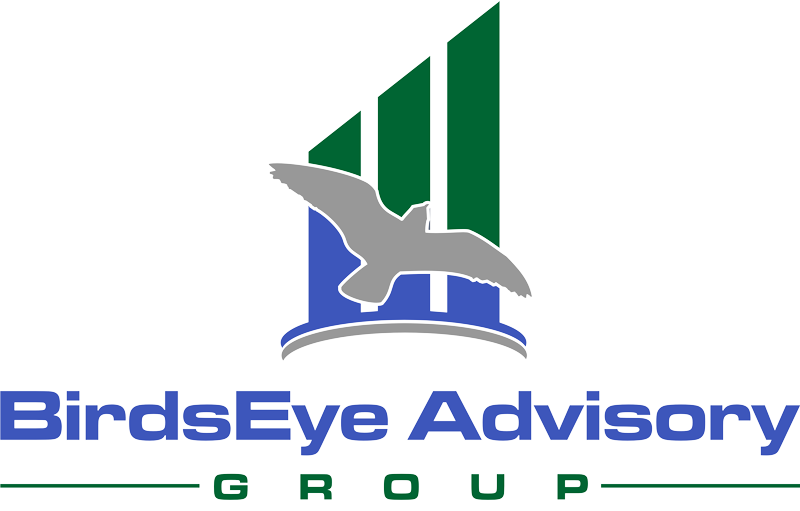The e-mail I received a few years ago from Joshua Jones (*) was intriguing: He was eager to talk with me about helping monetize his revolutionary new cat litter box idea. Joshua is typical of many inventors who have a great idea but no intention of becoming a pet product mogul. They just want to build the proverbial “better mousetrap.” In Joshua’s case, he was trying to find a way to keep from having hand-to-hand combat with cat feces. He just HATED cleaning his cat litter boxes! He just knew there had to be a better way!
And since Joshua works full time as a mechanical engineer, he had the advantage that many of us don’t have – he knew how to turn the ideas in his head into a drawing that someone could use to make a prototype from. So several years ago we embarked on a journey together that has resulted in a licensing deal with one of the largest consumer product companies in the world. How did he do it and why didn’t he try to just launch the product himself?
As a 25-year veteran of the pet industry, one thing I’ve learned is that it rarely makes sense for an individual with one or two product ideas to launch an entire standalone company to manufacture, market, and sell those products. Most of the time the inventors don’t have a clue on how to start and operate a business, they overspend, overpay, under market, and ultimately under-perform. So many hours and dollars spent, when there really is a much easier way to turn their ideas into dollars.
It’s called licensing.
STRUCTURE
A licensing agreement can be simple or very complicated, depending on the size of company that wants to license the product and the number of attorneys involved. This article is not meant to teach you how to do a licensing agreement – there are many books and lawyers that can do that. One of the best books on licensing I have read is “How To License your Million Dollar Idea” by Harvey Reese. But here are a few of the most important facets of a licensing agreement.
1. Royalty Percentage – this is the percentage of net sales that the manufacturer (licensee) will pay the inventor (licensor). I’ve seen this range from 3% to 10%. In general, the stronger your patent, the more unique your product, and the more you can prove consumer demand, the higher your royalty percentage.
2. Royalty Advance – A license agreement is nothing more than taking an option to produce a product. An advance is the price a licensee pays to earn the right to tie up the product idea for months, perhaps even years. The advance is designed to protect the inventor in the event the licensee ends up shelving the idea. You wouldn’t be able to tie up a piece of property without earnest money, so why should it be possible to do it with a product idea? No one should sign a licensing agreement without an advance.
3.Term of Agreement – how many years will they pay you a royalty? If the product being licensed has sufficient legal protection, it makes sense to place a time limit on the license. A licensee is generally entitled to AT LEAST development time plus 12 to 18 months. Beyond that, if the licensee is not performing up to pre-established goals, the licensor has a right to look elsewhere. If goals are being met, the original agreement should renew for 12 to 18 months. And as long as the licensee is selling the product, they should pay royalties. Period.
4.Territory – Will this cover just the U.S. or will it also pertain to international sales? Unless the licensee has a strong export program, I usually recommend to my clients that we limit the scope of the agreement to North America.
CAVEATS
- Marketing Plan – what is the licensee’s plan to bring the product to market? The licensor must be comfortable with this before the agreement is signed, because once that is done; it is completely out of the inventor’s hands.
- Ongoing Inventor Involvement – If the licensee wants ongoing inventor involvement, how will he/she get paid for their expertise? Be sure the agreement clearly spells out what services the licensor is offering for free and which ones they expect to be paid for.
- Time to Market – I’ve seen products flounder in manufacturer oblivion for months, even years. Make sure the licensee has a strong, well thought out plan to bring the product to market, preferably within 6 months of signing the agreement.
With the right type of agreement, licensing is a real win-win for both the inventor and the manufacturer. The inventor gets to focus on what he/she does best, which is to create new ideas that better the lives of our companion animals, and the manufacturer gets to do what they do best – manufacture, market, sell, and distribute products.
Joshua is now working with the company that licensed his litter box to create new products. He loves it! And the best part? Every month he has a nice royalty check in his mailbox, which reminds him of how cool it is that he could turn his ideas into dollars.
(*) Name has been changed
Carol Frank of Boulder, CO, is the founder of four companies in the pet industry and a Managing Director with BirdsEye Advisory Group, where she advises pet companies in M&A transactions and Exit Planning. She is a former CPA, has an MBA, is a Certified Mergers and Acquisitions Advisory (CM&AA) and holds Series 79 and 63 licenses. She highly values and incentivizes referrals and can be reached at cfrank@birdseyeadvisory.com.
